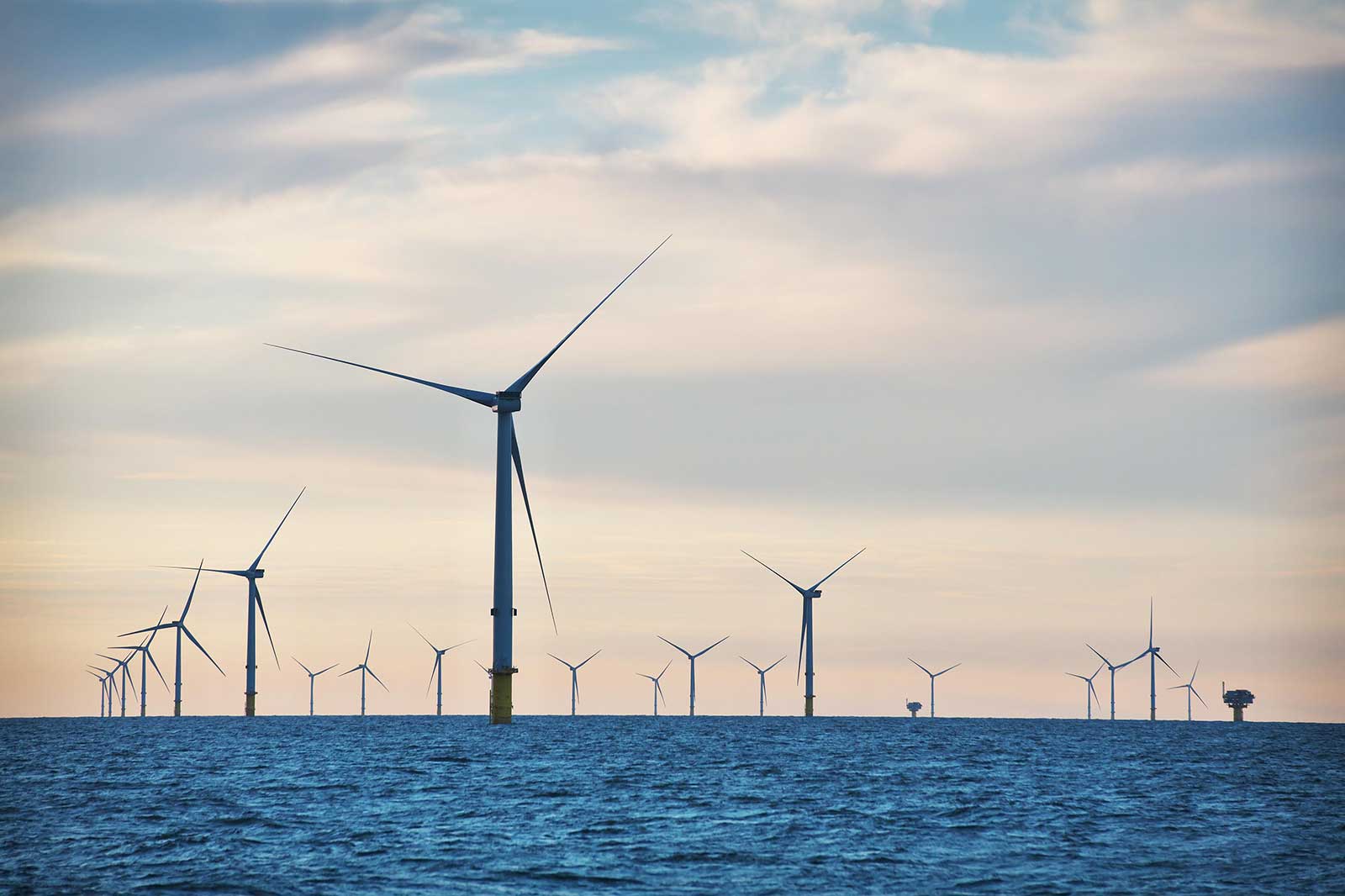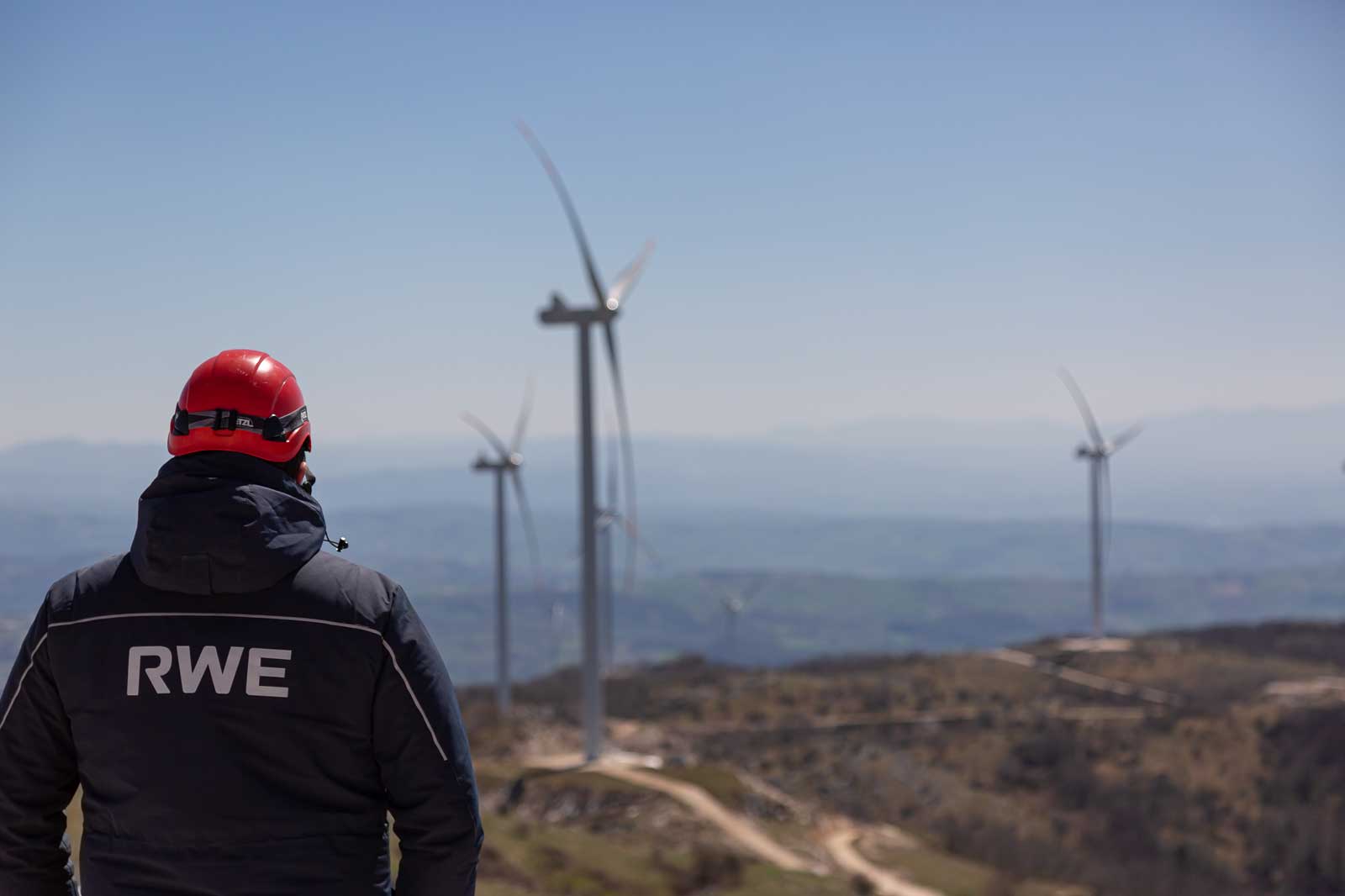James Brabben, RWE UK Regulatory Affairs Senior Manager, sets out the critical actions needed to build on the success of the recent CfD Allocation Round 6, to achieve the step-change required to reach Clean Power by 2030.

Learning lessons from AR5
Around this time last year, I wrote a blog on the Contract for Difference (CfD) scheme. We’d just seen a shock to the market, with no offshore wind clearing in Allocation Round 5 (AR5) due to the government’s Administrative Strike Prices (ASPs - i.e. the ceiling price for bids) being set below economic levels. The situation was stark, with a sharp correction needed to maintain investor confidence.
Alongside the call for more realistic ASPs, I alongside the rest of industry, outlined four simple changes for AR6 that could support higher levels of deployment and provide value for the consumer: introducing market reflective reference prices; creating a separate pot for offshore wind; adding additional later delivery years; and linking the auction schedule to long-term capacity targets.
AR6 – a step forward
This year, for AR6, whilst the industry were pleased to welcome a correction in ASPs across many technologies, and a separate auction pot for offshore wind, unfortunately calls for other reforms were not heeded.
In fact, market reference prices for AR6 were actually lower than AR5 and were even further from market expert views of future power prices. Crucially, this meant that despite a record budget of £1.1bn (2011/12 prices) for offshore wind, at 3.36 GW the auction procured just 35% of the expected eligible capacity of ‘new’ offshore wind (i.e. excluding capacity that re-bid from AR4). Roughly two-thirds of the pipeline, i.e. around 7GW, will now be delayed for at least another year despite being ready to build, delaying inward investment and supply chain orders.

For onshore wind and solar PV (Pot 1) – whilst the volume of award was higher (4.28 GW), the reference prices used also meant the budget did not stretch to its full potential. Award levels for onshore wind and solar PV remain below the levels needed to reach the government’s 2030 targets.
AR7 – a step change required
Arguably, we are now in an even more pronounced period of urgency than last Autumn. In their manifesto, Labour committed to a stretching 2030 Clean Power target, underpinned by a commitment to double, triple and quadruple onshore, solar and offshore wind respectively. This is welcome news not only for the renewable industry, but for billpayers - recent independent analysis from Aurora found that an offshore-wind dominated system is cheapest for the consumer in the long run. Given there is a huge pipeline of projects from committed developers like RWE ready and waiting to progress, it makes no sense to leave shovel-ready projects ‘on the table’. In short, if we are to achieve the 2030 Mission and ensure investors continue to be willing to deploy capital in the UK at scale, then we need to see a step change in CfD allocation.

From small steps to a Giant Leap
Ahead of AR7, we believe the government has a real opportunity to re-frame the CfD to directly align the scheme to its stretching ambitions and make it the key delivery vehicle for achieving the 2030 Mission.

Time is critical.
For offshore wind, there are likely only two further auctions before 2030 (AR7 and AR8) which can realistically deliver operational projects by 2030. For onshore wind and solar there are perhaps three.
Therefore, any further changes to the CfD need to be simple and implemented quickly for maximum impact. This is why RWE, alongside industry and Renewable UK in their recent paper, continue to re-iterate our messages from last Autumn:
- Within the existing auction framework, set out a schedule of capacity targets per auction aligned to the 2030 Clean Power ambition: enabling procurement of greater levels of renewables each round, keeping deployment on track with targets and providing much needed transparency and certainty to investors and the supply chain.
- Announce revised CfD parameters, ensuring that reference prices and load factors are market reflective: to make sure renewables are not being artificially overpriced, allowing auction budgets to stretch further and procure more projects for no impact on the consumer.
- Increase CfD contract lengths from 15 to 25 years: to reflect longer asset lives and enable lower strike prices. Many new wind and solar projects are now planning to operate for 30 years or more. Longer contracts allow for more certainty over revenues and reduce financing costs.
- Additional later delivery years: to enable more projects to be eligible to bid in each round and bring forward investment decisions and supply chain orders.
These changes are achievable in time for AR7 and critical if we are to meet the 2030 mission, support record levels of investment and continue to provide value to the consumer.
The CfD itself remains a gold-standard approach, combining high levels of investor certainty and reduced financing costs with consumer protection. These proposed changes would not only maintain this gold standard, but have the ability to elevate the UK approach back to a world-leading status, and ensure we now take the ‘Giant Leap’ required to reach 2030.
